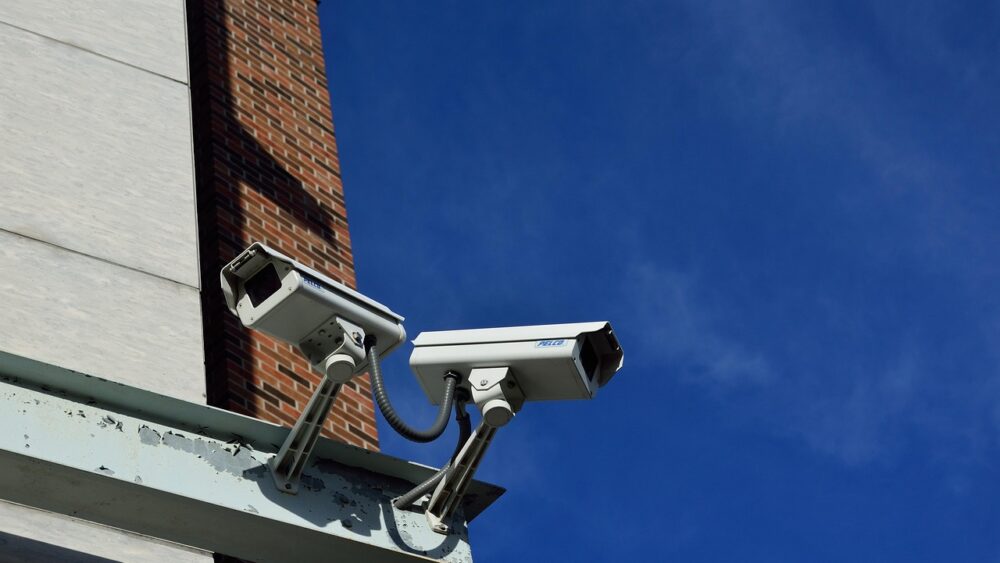Construction sites are hubs of constant activity, bustling with workers, heavy machinery, and valuable materials. While progress and productivity are the main focus, the risks to safety and security are equally significant. Construction sites are vulnerable to theft, vandalism, accidents, and unauthorized access, which can result in costly delays and legal complications. To address these challenges, many construction companies are turning to construction site surveillance systems, especially construction site cameras, as an essential tool for protecting their investments and safeguarding workers.
Why Construction Site Surveillance Matters
The construction industry is one of the most targeted for theft and vandalism. Equipment like excavators, cranes, and power tools, along with materials such as copper wiring and steel beams, can be incredibly valuable. According to industry reports, theft and vandalism cost the construction sector billions of dollars annually. Traditional security measures such as fences, locks, and on-site guards are important, but they have limitations, especially during off-hours when sites are unattended.
Here, construction site surveillance steps in as a robust, always-on security measure. Cameras provide continuous visual monitoring, serving as both a deterrent to criminals and a valuable source of evidence in case of incidents.
Key Benefits of Construction Site Cameras for Security
- Deterring Theft and Vandalism
One of the most direct benefits of construction site cameras is deterring theft and vandalism. The presence of visible cameras signals to potential criminals that the site is monitored, reducing the likelihood of break-ins or damage. Even when theft attempts occur, recorded footage helps identify suspects and supports police investigations. - Controlling Site Access
Construction sites often face challenges with unauthorized personnel gaining entry. This could be curious neighbors, trespassers, or even competitors. By strategically installing cameras around the site, managers can keep track of who is entering and leaving the premises. Advanced systems offer motion detection and can send real-time alerts to security personnel if suspicious movement is detected. - Remote Monitoring and Real-Time Alerts
Modern surveillance cameras are increasingly equipped with wireless connectivity and cloud-based technology, enabling site managers to monitor activities remotely through smartphones, tablets, or computers. This flexibility means supervisors can oversee multiple sites from a single location and respond swiftly to any security breaches. - Evidence Collection for Legal Protection
In the unfortunate event of an incident, recorded video provides undeniable proof for insurance claims, legal disputes, or accident investigations. This can be invaluable in proving fault or clearing misunderstandings.
How Construction Site Surveillance Enhances Safety
Beyond theft prevention, construction site surveillance plays a critical role in maintaining workplace safety:
- Monitoring Safety Compliance
Construction work is inherently risky, with strict regulations designed to prevent accidents and injuries. Cameras allow supervisors to observe whether workers are following safety protocols, such as wearing helmets, safety harnesses, and other personal protective equipment (PPE). This proactive monitoring helps reduce workplace injuries and fatalities. - Incident Response and Emergency Management
Accidents can happen at any time. Surveillance cameras provide immediate visual access to the scene, helping emergency responders and managers assess the situation quickly. Faster response times can mitigate injury severity and prevent further hazards. - Learning from Incidents
Recorded footage can be reviewed post-incident to understand what went wrong and how to prevent similar accidents. This data-driven approach to safety can lead to better training, improved protocols, and safer work environments.
Choosing the Right Construction Site Cameras
Not all cameras are created equal, and construction sites require rugged, reliable equipment that can endure harsh environments. Here are some features to consider:
- Durability and Weatherproofing: Cameras must withstand rain, dust, extreme temperatures, and physical impacts.
- High Resolution: Clear image quality is essential to identify individuals and details.
- Night Vision: Many incidents happen after dark, so infrared or low-light cameras are necessary for 24/7 surveillance.
- Wireless Options: Wireless cameras are easier to install and reposition, especially on large or changing sites.
- Integration: Cameras should integrate with alarms, access controls, and security software for comprehensive protection.
Technological Innovations in Construction Site Surveillance
Today’s construction site cameras come with advanced technologies like AI-powered analytics, facial recognition, and license plate reading. These features allow for automated threat detection and improved monitoring efficiency. For instance, AI can alert security teams if unauthorized vehicles enter the site or if a worker fails to wear a safety helmet.
Additionally, some systems offer solar-powered cameras, which are ideal for remote sites without access to electricity. These eco-friendly options ensure continuous operation while reducing the need for frequent battery changes or wiring.
Return on Investment: Is It Worth It?
Installing construction site cameras involves upfront costs, but the financial benefits outweigh these expenses. By preventing theft and vandalism, companies save on costly replacements and insurance premiums. Enhanced safety reduces accident-related downtime, medical costs, and legal liabilities. Moreover, the peace of mind gained by knowing the site is under constant watch allows managers to focus on productivity and project timelines.
Conclusion
Construction site surveillance powered by reliable construction site cameras is a critical investment for modern construction companies. It not only fortifies site security by deterring theft, unauthorized access, and vandalism but also enhances worker safety through monitoring compliance and enabling rapid incident response. With advancements in camera technology and remote monitoring capabilities, surveillance systems have become more accessible and effective than ever. For construction projects aiming to protect their assets and ensure the wellbeing of their workforce, embracing construction site surveillance is a strategic and necessary step toward safer, more secure operations.




